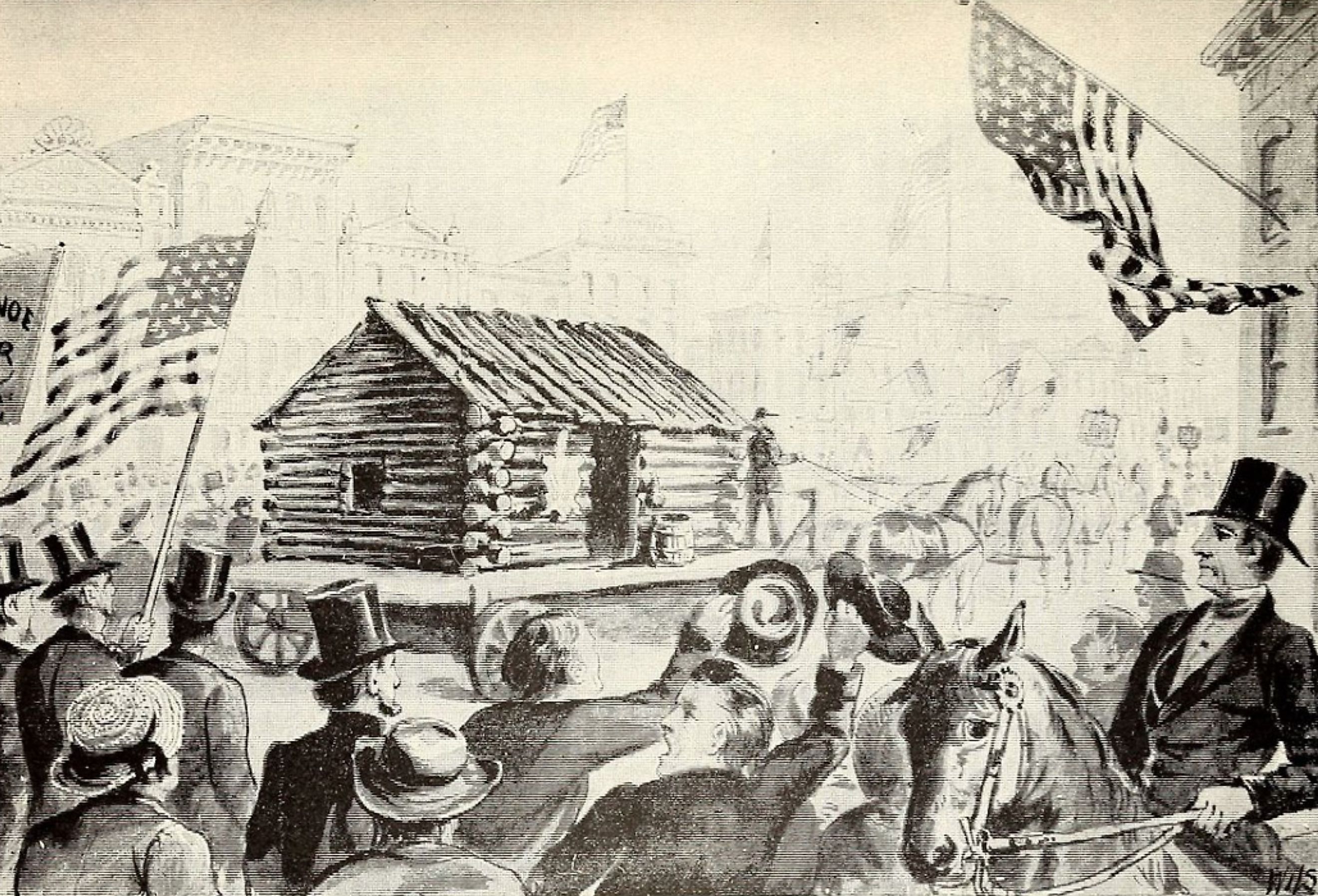
The Thirteenth Amendment and the Abolition of Slavery
The Thirteenth Amendment is one of the most pivotal moments in American history. For centuries, millions of mostly African slaves lived immiserated, impoverished, and subjected to unspeakable cruelty at the hands of their masters. Despite the sudden and violent end of American slavery, the steps taken to end this blight on society did not happen overnight. Even the Civil War cannot claim total responsibility for the end of this institution. The eventual abolition of slavery was a slow and grueling process. Just as many Americans fought tooth and nail to keep chattel slavery alive, even more Americans made it their life's mission to ensure its demise.
Early America
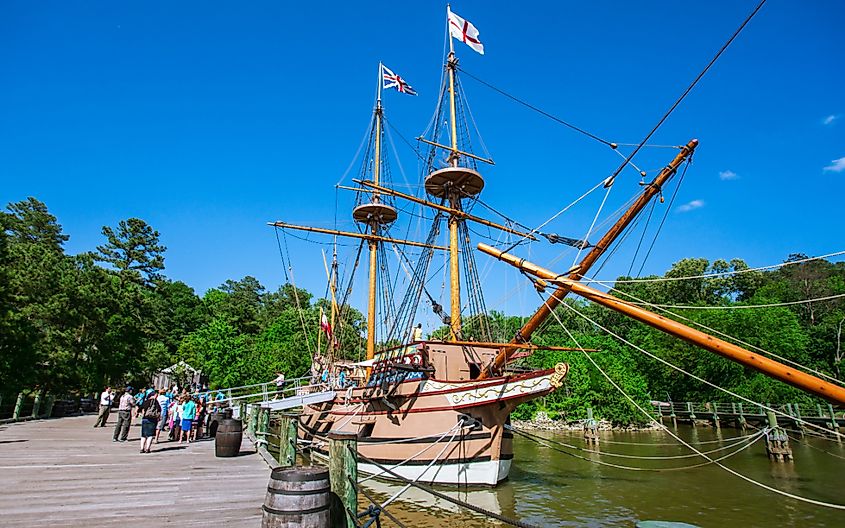
The institution of slavery in the United States is long and complex. Slavery existed in what would become the United States as early as the Jamestown colony in 1619. Small numbers of slaves inhabited the northern portion of the eastern seaboard as more English colonies grew, however, the largest concentration of slaves congregated in the American South. The warmer climate of the South made it an ideal place to grow crops such as tobacco, sugar, and of course, cotton. By the early 1700s, much of the economy of the southern states was heavily dependent on slave labor.
At the time of American independence in 1776, each state allowed slavery to exist in one form or another. However, this soon changed. Many of the northern states that did not rely so heavily on agriculture were quick to outlaw the practice. By 1804 slavery had ended in the North leaving the number of free states and slave states equal at 11 a side. Both free and slave states concentrated on maintaining a balance of power between both sides. This fragile system inevitably broke as the United States grew in size.
Westward Expansion
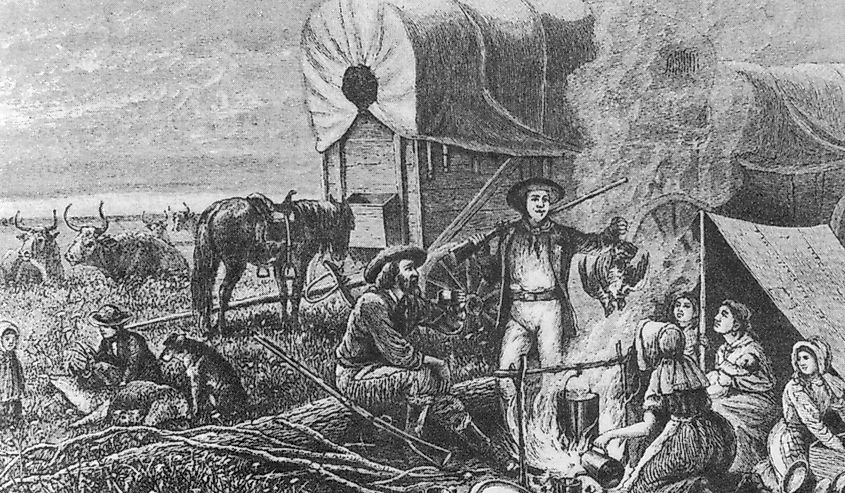
As the United States began to expand westward toward the Pacific Ocean, it was inevitable new states would emerge from this newfound territory. This expansion caused much tension and anxiety for both the North and South. When new states were brought into the fold, there was much contention over the topic of slavery.
The North thought that if a new state would allow the practice of slavery, eventually abolition would become impossible due to an overrepresentation in Congress and the Senate. The South believed that if a new state was going to be free then it was only a matter of time before they overpowered them in government and passed a law to end slavery once and for all. The suspicions of both sides were correct.
The event known as Bleeding Kansas best highlights this power struggle. Between 1855 and 1859 pro-slavery and anti-slavery forces clashed in the Kansas territory over whether or not slavery was to be practiced in the area. Riots and raids took place across Kansas against both parties. This sporadic violence ended up claiming the lives of 56 people and set the stage for the Civil War to kick off only two years later.
Insurrection and Politics
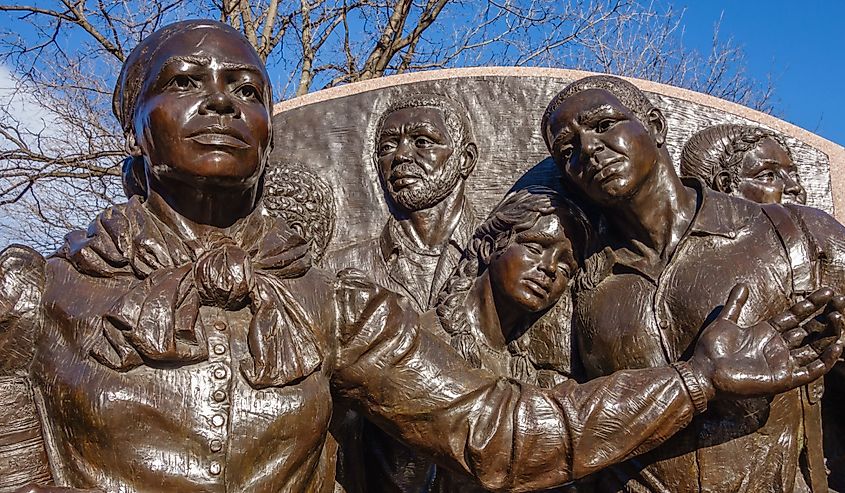
Since its inception, the United States had always been home to a loud and impactful abolitionist movement. This would manifest itself in many different ways. On the gentler side of politics were people such as Frederick Douglass and Harriet Tubman. Douglass went on to spearhead the abolitionist movement both before and during the Civil War and was constantly lobbying politicians in Washington to push emancipation. Tubman was famously one of the key founders of the underground railway. This "railway" led runaway slaves through a series of safe houses and hideouts on their way to Canada and the free states in America.
The abolition movement also had its fair share of violence. In 1831 a slave-turned-preacher named Nat Turner galvanized hundreds of fellow slaves to revolt and rise up against their masters. In 1859 another firebrand preacher by the name of John Brown lead an attack on a slaver's outpost at Harpers Ferry in Virginia. Each of these instances led to the execution of both Brown and Turner but they are forever martyrs of the anti-slavery movement and highlight the brutality and ruthlessness of the institution to the American public.
Civil War and the Aftermath
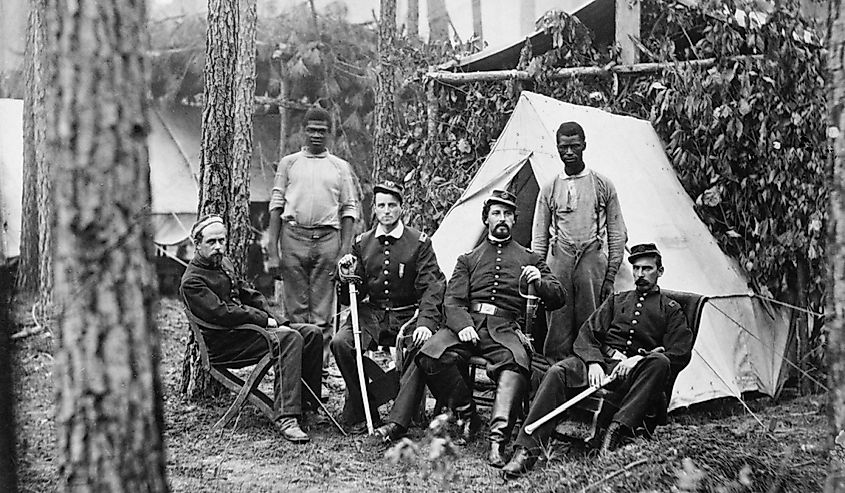
After the adamantly anti-slavery Abraham Lincoln and the Republican Party won the 1860 election, seven southern governors announced that they were seceding from the United States. In 1861 the newly formed Confederacy attacked the Union held Fort Sumter. The Civil War had begun.
Despite early victories by the Confederacy at the beginning of the war, the industrial might and high population of the North inevitably overpowered the southern forces. In April 1865, the Civil War had finally come to an end. In December of that year, the 13th Amendment passed into law and the institution of slavery became officially outlawed in every state. The war took a massive toll on both the Union and Confederate states. Many cities and towns remained in ruins and roughly 2% of the American population died in the fighting.
Life After the Thirteenth Amendment
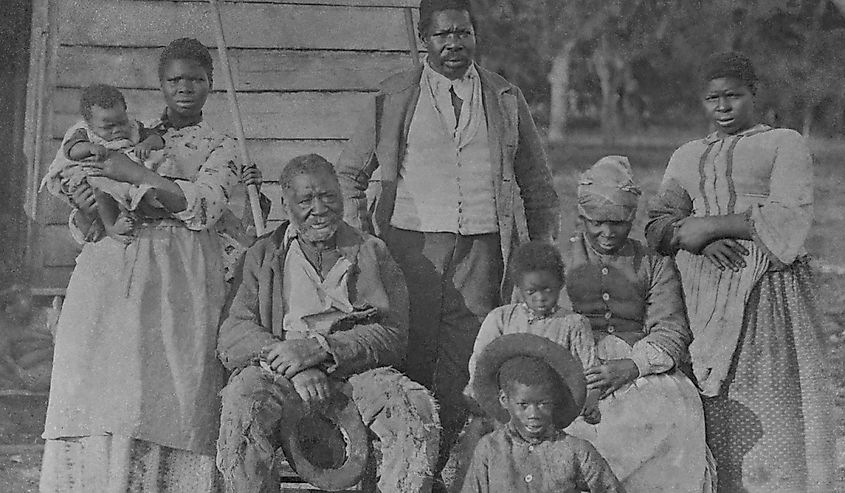
While the institution of slavery dissolved overnight, the life of former slaves did not change so suddenly. With almost no education and very few skills outside of agricultural labor, many freed slaves found themselves working for men who had previously been their masters. A system of tenant farming called sharecropping took shape in the South. This new system resembled a quasi-feudal set of expectations and agreements. Sharecroppers rented land on the owners' property and in exchange received a portion of their crops at the end of the year. While not the legal property of another person, these new "freedmen" were essentially bound to the land on which they lived and worked, unable to make enough money to leave.
The years after the Civil War also marked an explosion of anti-black violence from white southerners. It was during this period that groups such as the Ku Klux Klan formed in order to intimidate black Americans from voting and taking part in what they deemed as "white society." Racial segregation laws passed throughout the South in the following decades, severely limiting black southerners on where they could go and do business. This subsequently led many blacks to flee north into large metropolitan areas such as New York, Washington, and Philadelphia.
Summary
The Thirteenth Amendment was not something that happened overnight but was rather the final and decisive act of a century-long movement to eradicate the institution of slavery from the United States. Only through the tireless work of abolitionists and the ultimate sacrifice of countless soldiers was this goal achieved. The 13th amendment did not end the hardship of black Americans but it did undoubtedly set the stage for later progress in the Civil Rights movement of the 1950s and 1960s.











